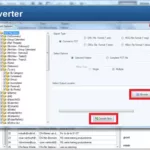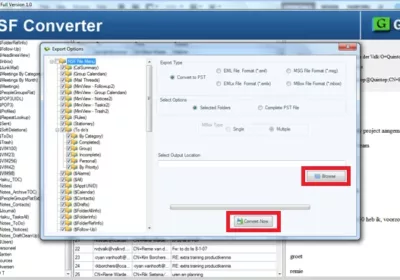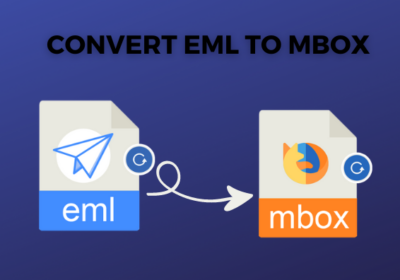
Role-Based Access Control Vs. Other Access Control Models – Which One is Right for You?
Roles simplify access control for end users and reduce the time required to establish new permissions. But, data teams should avoid role explosion and other pitfalls that can cause problems.
To avoid blunders that can lead to over- or under-granting access, companies should create policies on a business level using user, object and action attributes.
Role-Based Access Control
What is role based access control? Role-based access control lets companies grant permissions to users based on what they need to do their job. This is a good approach for companies that want to ensure the least privilege principle (PPP) and protect sensitive data by reducing access to minimum permissions.
When implementing RBAC, it is essential to clearly define what constitutes a business role within your organization. This will help with user provisioning and will allow you to keep track of the privileges that are granted to each business role. Using the same terms as other teams in your company, such as “profiles” or “business roles,” will make it easy for employees to understand the responsibilities of each role.
RBAC also reduces security blunders caused by adding and changing individual permissions. It’s easier to set up a limited amount of privileges for each role, so it is less likely that someone will get too much (or too little) power. This can also save your team time and money by reducing administrative duties.
While Role-Based Access Control is the most popular way businesses limit users’ access, it’s not the only model available. Attribute-Based Access Control (ABAC) and access control lists (ACL) are other common approaches useful for your business. Both models evaluate users’ attributes (e.g., subject, resource, action, environment) to determine their access rights.
Attribute Based Access Control
Attribute-based access control (ABAC) is a more sophisticated model that offers more granular access control. Rather than determining authorization by predefined roles, ABAC evaluates the user and object’s attributes to determine the appropriate permission. This allows admins to create more flexible policies considering many different factors.
To implement ABAC, administrators must first inventory the systems and data in their organization to identify all the files, documents, records, and programs that need protection. They can then collaborate with management and human resources to determine the roles that make sense for each department. For example, someone in accounting may need access to accounts payable information but shouldn’t have access to confidential employee data or contractual agreements.
Once these roles are identified, security teams can apply the least privilege principle to grant users the specific permissions they need for their job duties without granting them anything else. This approach is less labor-intensive than redefining roles when users change positions.
ABAC is a good option for medium-sized and larger organizations that want more flexible, dynamic policies to handle modern business environments’ complexities better. It is important to note that you do not have to throw away your existing RBAC model to adopt ABAC. Instead, you can use a solution like Ekran System that uses RBAC roles as a base for its more robust policy-based access controls.
What are the Pros and Cons of RBAC?
Role-based access control offers many benefits for businesses seeking to secure their networks, reduce administrative overhead and achieve regulatory compliance. However, it has its drawbacks.
The primary benefit of RBAC is that it eliminates the need to assign permissions and credentials on a case-by-case basis manually. As a result, system administrators can avoid the headache and hassle of updating passwords and granting permissions whenever an employee changes jobs or leaves the organization.
Another benefit is that it’s easier to maintain consistency across different systems and applications. With a limited number of roles, admins can create and easily issue credentials for users who work on the same projects or at the same locations.
In addition, a role-based model can help companies avoid the danger of privilege creep. Since the role defines access permissions, you can prevent employees from gaining access to more data than necessary. This helps organizations adhere to the Principle of Least Privilege.
A downside of a role-based approach is the potential for a “role explosion” whereby data teams assign and manage too many permissions. This can become time-consuming, especially when the roles are created as a temporary fix for some problem. It’s best to consider this possibility and plan accordingly. It is also a good idea to schedule periodic reviews of your security posture and the associated roles to address these issues early on.
Which Model is Right for You?
The type of access control system your property installs can impact how easy it is to manage user permissions. The most useful models allow administrators to grant users building, room or elevator access based on measurable criteria such as time and company role. This guide outlines the most popular variations of these systems and provides detailed use cases, system benefits, best practices and unique user considerations.
RBAC is the precursor to the Zero Trust security model, which limits the types of data users can access to prevent a data breach. The model also makes it easier to set and adjust permissions for many users since the system analyzes and groups them into common roles rather than assigning each permission individually.
A more restrictive alternative to RBAC is mandatory access control (MAC). This system requires all users to meet a predetermined set of rules and permissions, or they will be denied access. MAC is used primarily at government facilities and provides high security. However, having more than one system administrator in the access database can lead to slower approval processes when a new user needs access to a building.
Other access control models are more lenient and are often used at residential or commercial properties. These include discretionary and mandatory access control (MAC). Discretionary ACC allows multiple administrators to determine if a person has access to a particular building or area. In contrast, mandatory access control restricts all users to a single group with the same permissions.
















